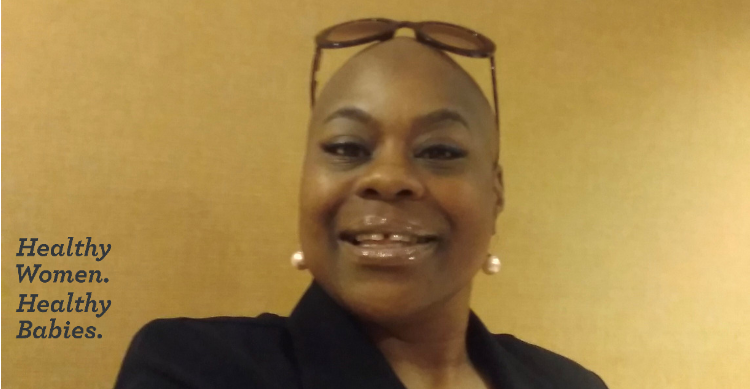By Carolina Boyd, Communications Associate
Lakeisha Parker has long made it a habit to do regular breast self-exams; but never did she think that one day it would lead to a breast cancer diagnosis.
“I felt something while in the shower. I knew immediately it wasn’t supposed to be there,” said Parker.
A visit to her Legacy Community Health provider led to a referral for a mammogram, which helped confirm a tumor on her breast. That kicked off her fight to beat the disease. Now following a mastectomy and both chemotherapy and radiation treatment, she is cancer free.
“Doing a breast self-exam literally saved my life,” said Parker. “I was my own advocate.”
According to the American Cancer Society (ACS), women living in the United States have a 1-in-8 chance of developing breast cancer during their lifetime.
The breast self-exam is a check-up women can do at home to look for changes or problems in the breast tissue. While it is no longer recommended as a screening tool by many organizations, like the ACS or Susan G. Komen, it does help women become more familiar with the way their breasts look and feel.
“Breast self-awareness is very important,” said Dr. Vian Nguyen, Legacy’s medical director for OB/GYN. “Breast cancer is often first discovered by women themselves.”
Some of the signs that women should look for include: changes in the size and shape of the breast, swelling or redness, nipple discharge or rash or skin dimpling (like an orange peel).
A breast self-exam is not a substitute for a clinical breast exam by your doctor or a screening mammogram, which can detect tumors early.
“A mammogram is recommended for women every 1-2 years after the age of 40. Screening should continue at least until the age of 75,” said Dr. Nguyen.
If you notice any changes to your breasts, report them to your OB/GYN or health care provider.
“Take time to know your body,” said Parker. “If it’s enough to warrant concern it’s enough to get it checked out.”

